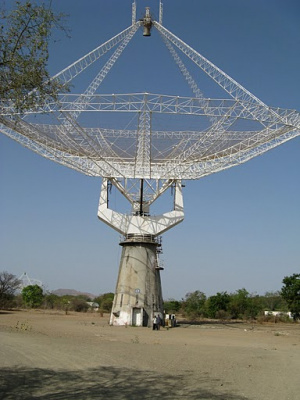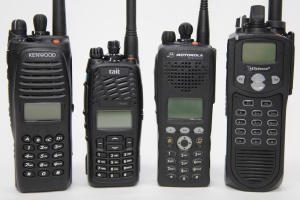Role of Communications
The Communications subsystem interfaces with other subsystems in a satellite, mainly electrical to transmit data from satellite to ground station and vice versa. From a physical perspective, it is further divided into:
- On-board or on-satellite Communications subsystem: This includes all the devices that are to be placed on the satellite in order to receive signal from ground and also transmit relevant data to the ground. Since the distances of transmission are long (400-36000 km and more), a robust system compromising of antenna and power amplifiers must be present, so that the satellite transmission is properly received on ground and vice-versa.
- Execution point-of-view: A satellite must house power amplifiers, transceivers, antennae, memory storage, and if your satellite is not the main payload of the launch vehicle, you have to comply with standard sizes in order to get approval for launch. Also you need to maintain the operating temperature of your electronics in space. A few tasks of communications subsystem:
- Communications system must match with the required specs of mainly data rate, power transmission and number of signals.
- Design must comply with size constraint
- Complexity point-of-view: Complexity depends on distance, data rates and number of different signals required. For example, communication satellites are very complicated because of high data rates required and altitude of 36000 km. Longer distances lead to more attenuation, and higher data rate translates to greater power requirement as you will infer from Link Budget.

GMRT telescope. Image reproduced from here

Handheld transceivers, which can be used to track the ISS. Image reproduced from here
- Ground-Station: It receives the satellite signal and transmits the control signals to the satellite. On ground, the biggest advantage is liberty and flexibility since there are no rigid size or area constraints. The objective is to reliably receive from and transmit to satellite irrespective of satellite’s current state or weather. The variety in Ground-station setups can be seen from the fact that International Space Station (ISS) reception does not require specialised antennae, whereas deep space missions require GMRT that can go upto the size of football fields. The huge difference in the two above setups is that one receives signals from more than 10000 km away and the other receives them from just 400 km.
The tasks of the ground-station team are:
- Pre-launch:
- Set-up an all weather station that can receive satellite signals for a whole pass
- Test your setup in all ways possible, using existing satellites and creating dummy signals
- Build a setup that requires low maintenance and facilitates small changes
- For real time reception with minimal intervention and more reliability, automation is a strong and recommended option. This requires a ground station which can be remotely controlled from a control room
- During rains and windy conditions, provide proper cover and support if necessary
- Try different types of antenna, tweak with various cables and configurations, find the optimum setup
- Try to reconstruct noisy signals that you will typically receive from satellite and test the Ground-station with that signal
- Post-launch:
- Reap the benefits of preparation
- Track each and every pass, store data and signals
- Process signals to get clearer data
- Uplink if necessary
- Keep track of satellite around the world by contacting other ground stations worldwide
- Pre-launch:
If you are done reading this page, you can go back to Communications Subsystem